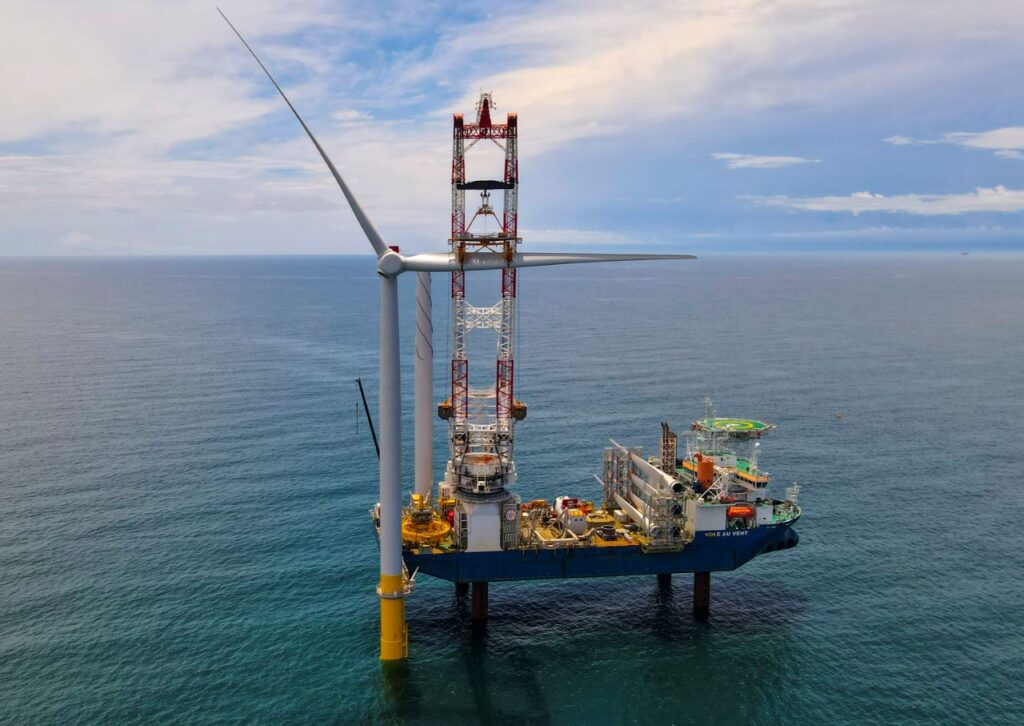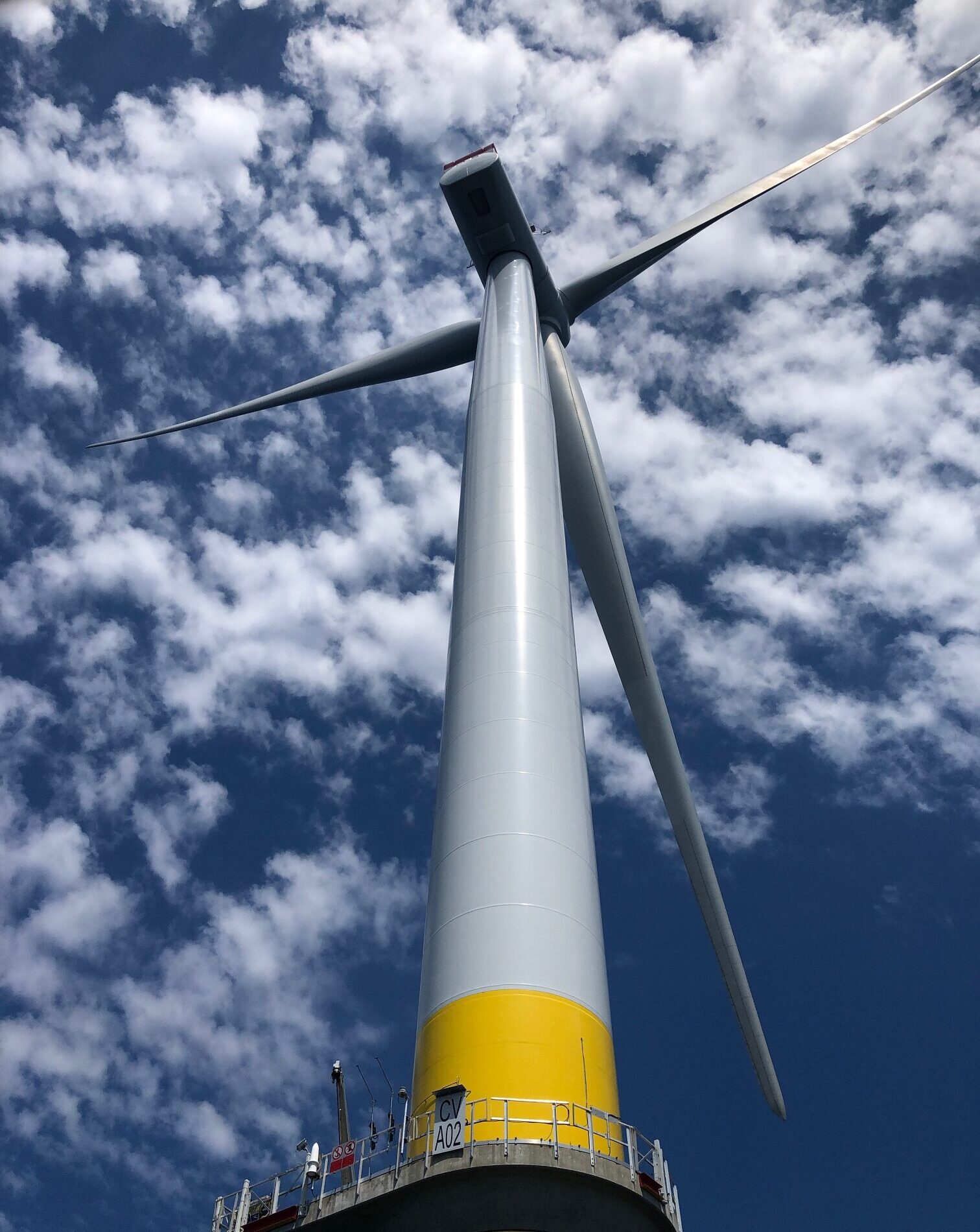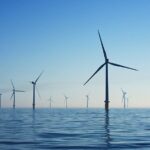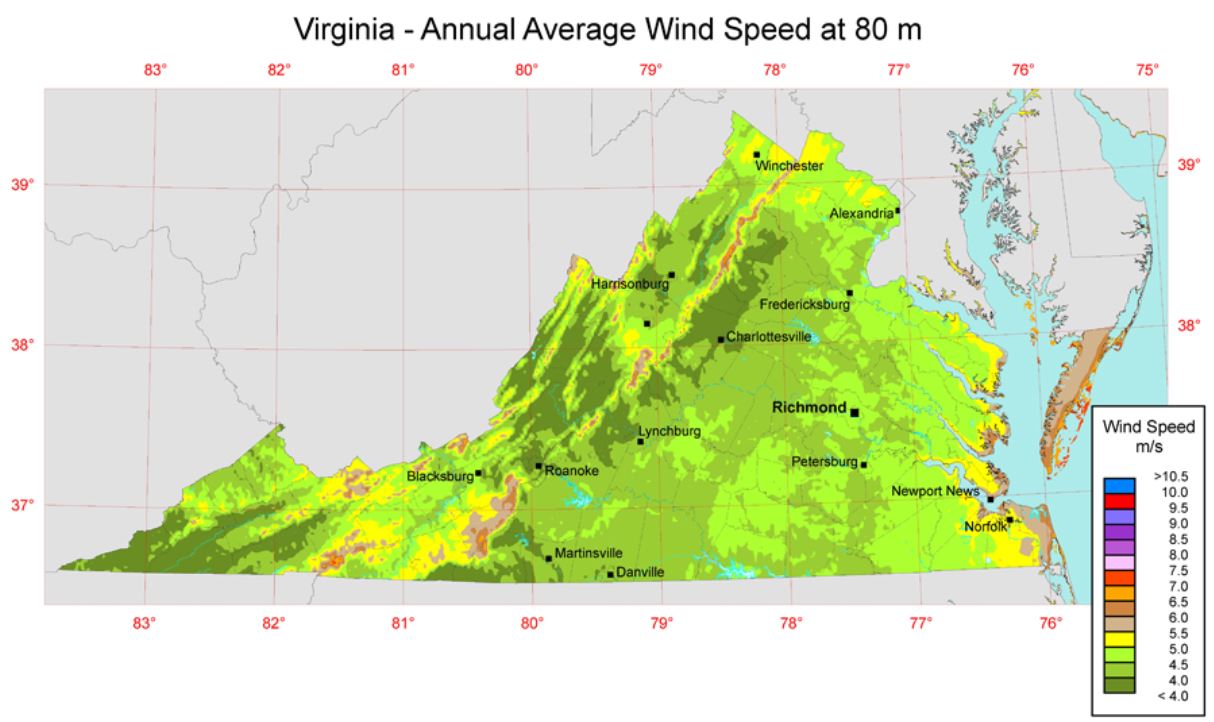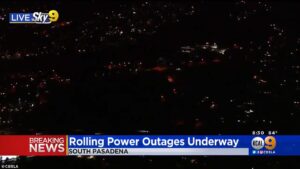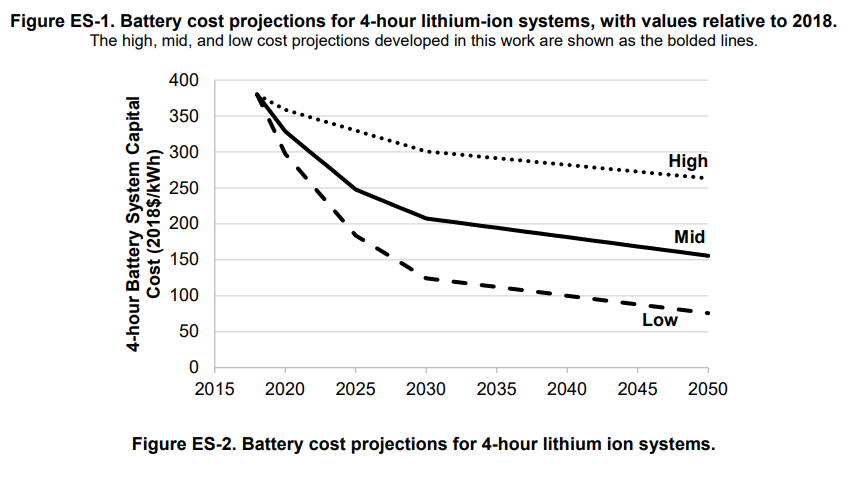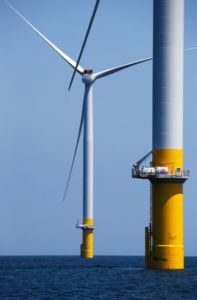Offshore wind turbines are works of engineering beauty. Soaring as high as the Washington Monument, they are a magnificent sight to behold, as I saw for myself on an excursion Wednesday to view Dominion Energy’s two experimental wind turbines up close. The towers are also very expensive — not just the two pilot turbines, which no one pretended at $300 million for the pair would produce economical electricity, but the fully built-out wind farm with 180 turbines at a cost currently estimated at $7.8 billion.
If the only cost you consider is the expense of erecting a turbine itself, offshore wind can look competitive with solar and combined-cycle natural gas. Dominion officials estimate their wind turbines will generate electricity at a cost of 8 cents to 9 cents per kilowatt hour. That’s less than the average rate of $10.83 cents per kilowatt hour Dominion charges its customers.
But the turbines don’t generate electricity in a vacuum. They are part of an electrical-generating system. And you can’t build a system around turbines that generate electricity only when the wind blows. Dominion must build a major transmission line to plug into the grid and maintain backup power sources to kick in when the winds fall still. Continue reading


